10 amazing Wordless Picture Books
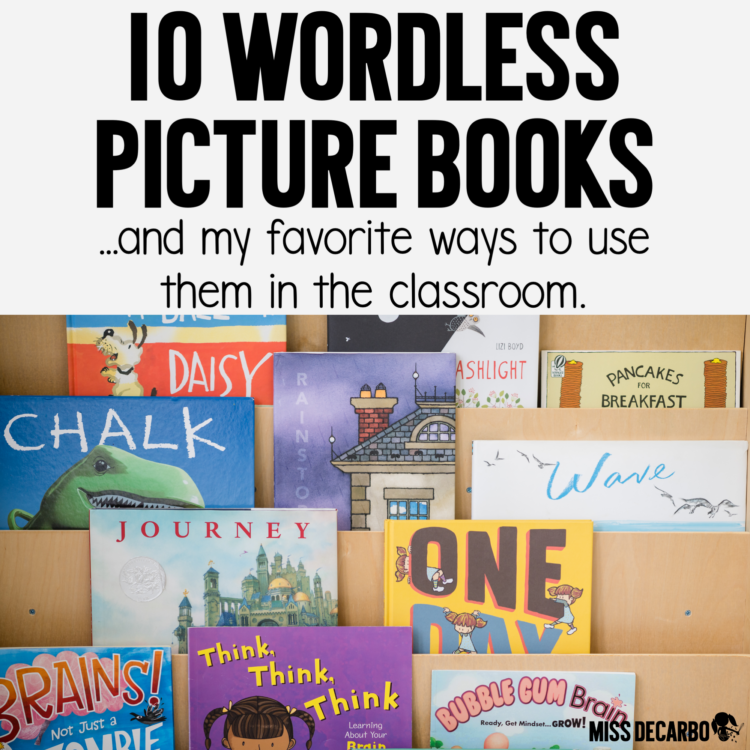
Wordless picture books are a powerful way to build your students’ oral language skills and foster story comprehension. Using wordless picture books in the classroom also gives students an opportunity to create, share, and exchange thoughts and ideas with their peers and teachers. When we expose our students to wordless picture books, we create engaging opportunities to model, teach, and practice sentence structure, proper grammar, the use of complete sentences, explanations, and extended thinking skills.
In this post, I’m sharing 10 of my favorite wordless picture books with you! Each book has a unique story line with beautiful illustrations and endless opportunities for discussion. I’ll also share a quick routine that I use when I present wordless picture books to my students. Let’s get started!
My Wordless Picture Book Routine
When I share wordless picture books with students, I set my lesson routine up in the same way that I conduct all of my explicit oral language instruction. This is a routine that I call: Think, Talk, Teach!
- THINK: During the first reading of wordless picture books, my students are gathered around me at the carpet. I share the title of the wordless picture book and explain that during this reading, I will slowly turn the pages as they take in the pictures and illustrations. During this reading, students are not allowed to talk to one another or share their thinking yet. Their job is to look at the pictures and spend time thinking about what is happening in the story.
- TALK: This is a second reading of our book. I explain that this time, as I turn the pages, the students can chit chat and talk to one another about their thinking. The room is usually filled with an engaged buzz of conversation. Students eagerly pointing out things that they see in the pictures, sharing what they think is happening, and EXCITED about figuring out the storyline in the book!
- TEACH: The third reading takes place at a separate time in our day, to provide a movement break. During this reading, I model “reading” the first few pages of the wordless picture books. I am careful to model complete sentences and language that is rich in details and description. “One winter day, the woman decided to make some pancakes. She thought carefully about the ingredients she would need.” I share this aloud, modeling how to put my thinking into complete sentences. The students then take turns doing a formal reading of the various pages. They must use complete sentences as they share, and we help one another with this as we read.
The result to this routine is a well-structured lesson that instills wait time, encourages independent and collaborative thinking, and fosters proper sentence structure and descriptive language. Now, let’s check out some great books to use with this routine!
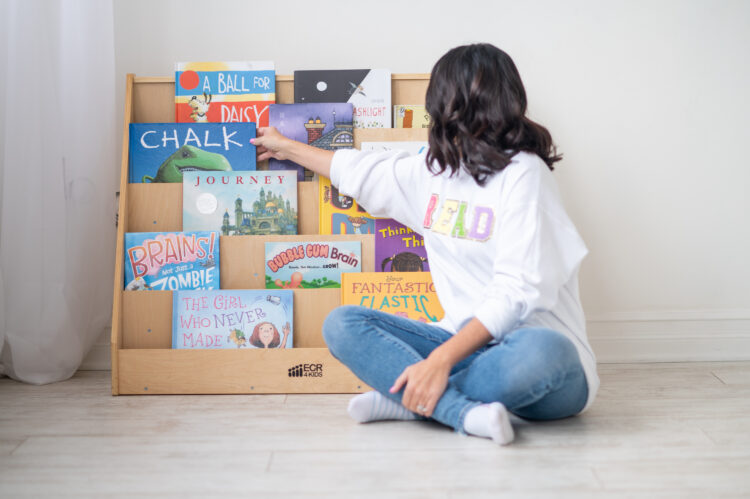
Within this list, you’ll find some Amazon affiliate links, which means Amazon throws a few cents my way if you happen to purchase something from those links – at no extra cost to you. I hope you find the links convenient and helpful!
Chalk by bill thomson
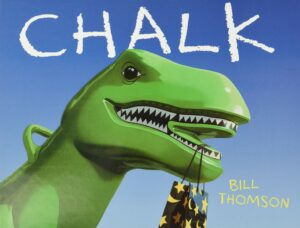
Chalk, by Bill Thompson, is a fun book with beautiful illustrations. I’m starting off with this book because it is one of my all-time favorite wordless picture books! This book is about three kids who make their way to the park on a rainy day. When they find a bag of chalk and start drawing pictures, magical things start to happen! This is one of my favorite books because it leaves so much room for imagination. It’s an excellent conversation starter, and a great way to get your students talking and discussing their ideas with each page that you read. This is also a great book for creative thinking and writing!
JOURNEY BY AARON BECKER
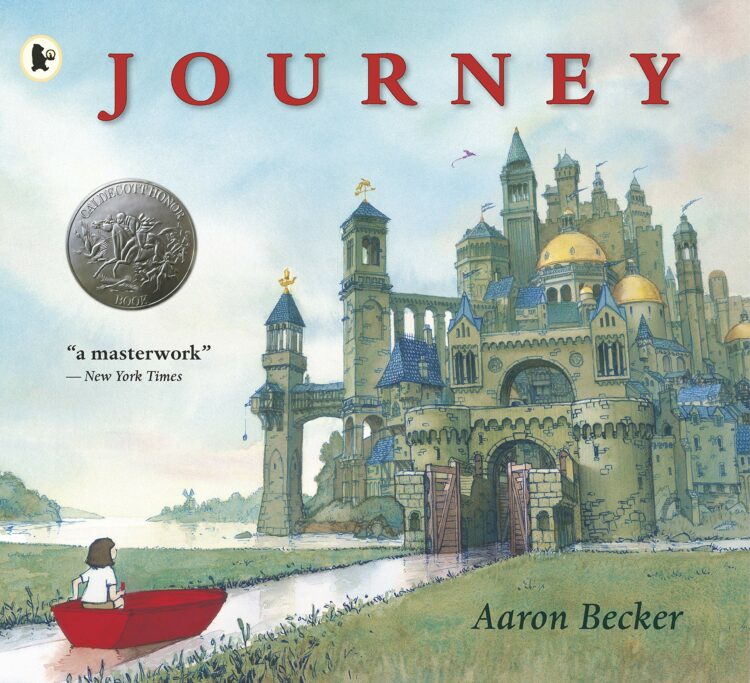
Journey, by Aaron Becker, is another book with intricate pictures and captivating details. A young girl draws a picture of a door on her wall. She uses the door to escape into a world of wonder, adventure, and some danger too. She continues to use her red marker to draw new things as she travels along. This book is great for the imagination, but also for discussing friendship. With no text, it gives your students a chance to create the conversations they would imagine happening in the book and allows for really meaningful discussions.
PANCAKES FOR BREAKFAST BY TOMIE DE PAOLA
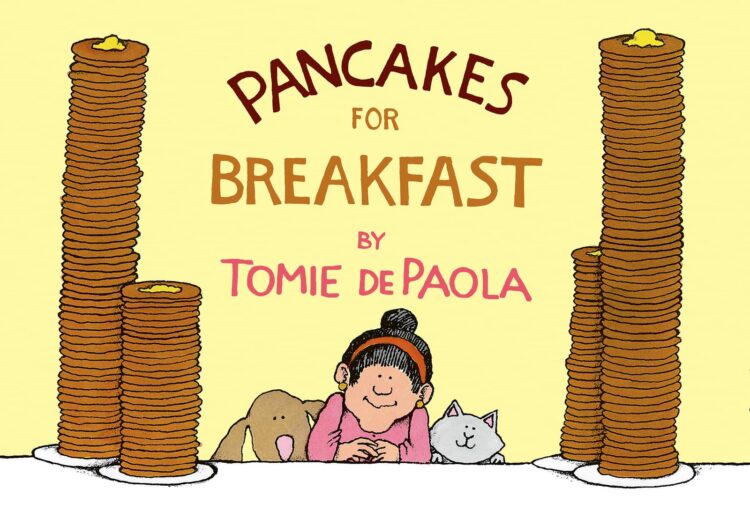
Pancakes for Breakfast is a colorful, engaging book by Tomie De Paola. This is perhaps one of the more “classic” wordless picture books! Pancakes for Breakfast is the well-known story of a little old woman who is determined to make pancakes for breakfast. With a little help from some mischievous pets, she works through gathering the missing ingredients that she is needing. I love how expressive the pictures are in this book. The illustrator did an excellent job at allowing us to read the characters’ faces and put together a storyline that is cohesive and easy to follow. Pancakes for Breakfast is a great choice to use when making predictions and working on retelling skills.
THE RED BOOK BY BARBARA LEHMAN
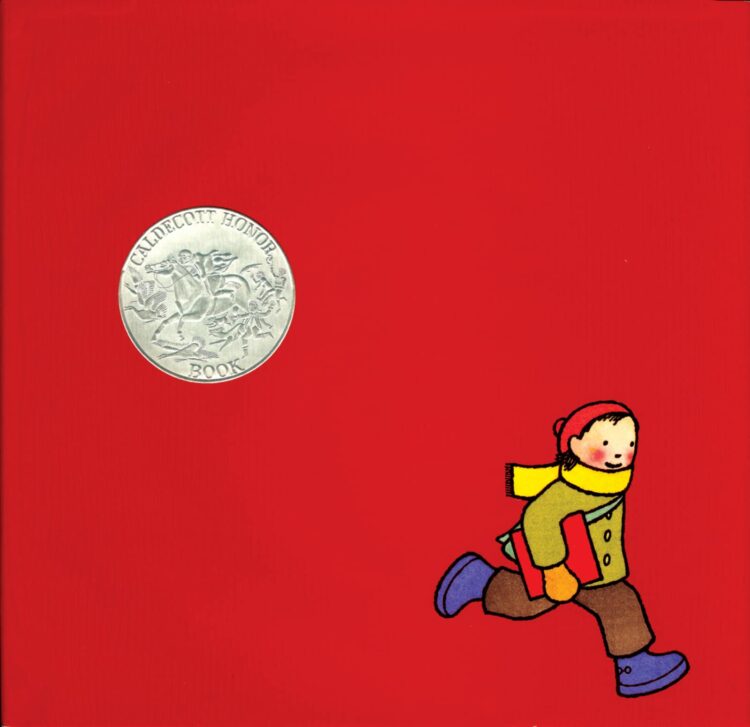
The Red Book, by Barbara Lehman, offers simple illustrations but offers a rich plot! A red book is lying in the snow, and when it’s opened, it can transport you inside its pages! The book goes back and forth between the girl who finds the book, and the boy in the pages, who transport to new places. The Red Book is a great way to introduce the idea of perspective and also follows the theme of friendship.
the snowman by raymond briggs
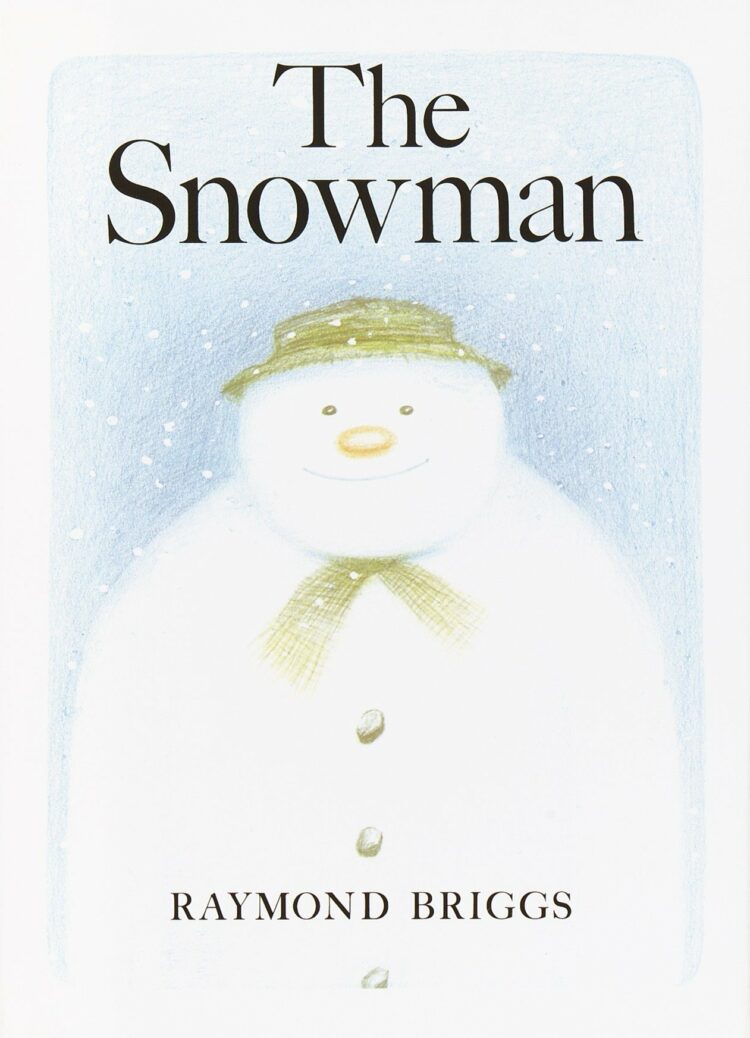
The Snowman, by Raymon Briggs, is a great book to share if you want to channel a little winter fun! This book is about a young boy who goes out into the snow and makes a snowman! After a day outside, he comes in to go to sleep. The little boy dreams that the snowman he built comes to life! Whether or not you live where it snows, this is an engaging book when it comes to creative thinking and using the details to share and tell the story.
wave by suzy lee

Wave, by Suzy Lee, is a great book about an experience at the beach. In the story, a little girl spends the day by the shore, where she watches the waves roll in and recede as she runs back and forth. At first, she is frightened by the waves, but her feelings change by the end of the story. It’s such a great book to draw in those five senses and discuss all those things she could be hearing at the beach, the way the sand feels between her toes, and so much more!
A BALL FOR DAISY BY CHRIS RASCHIKA
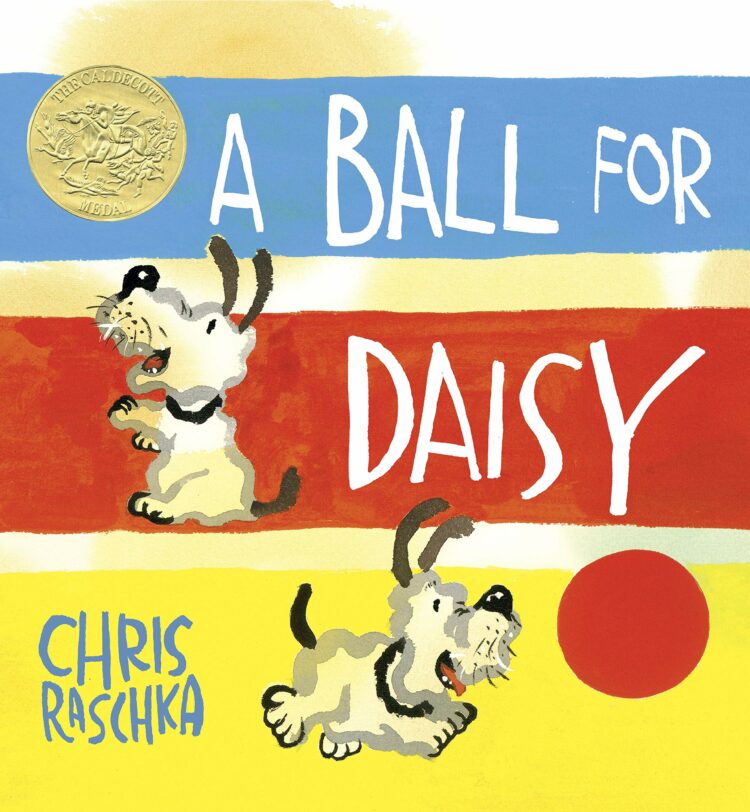
If your students are animal lovers, A Ball for Daisy, by Chris Raschka, is a wordless picture book that you will love. It tells the tale of a sweet pup who has a ball he loves. The problem in the story takes place when a bigger dog comes along and destroys it! I love the expression you can see on the pup’s face from page to page. It’s not only an excellent conversation starter, but a fun way to talk about emotions and relate the way the dog is feeling to our own feelings. There are plenty of opportunities for text-to-self connections throughout this adorable book.
goodnight gorilla by Peggy rathmann
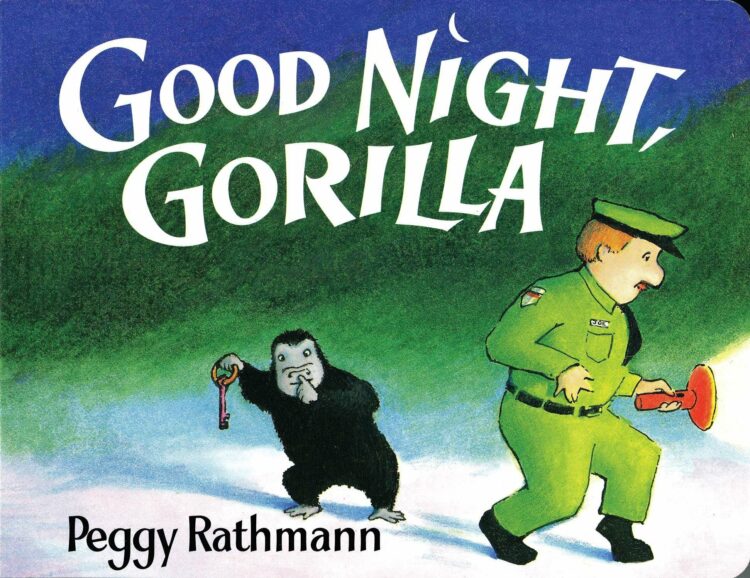
Good Night, Gorilla, by Peggy Rathmann, will have your students giggling as you flip through the pages. This story follows a zookeeper who is walking around the zoo to put the animals to sleep except one that one mischievous gorilla who stole his keys! Your students will be laughing as this sweet gorilla creeps around behind the zookeeper without getting caught. It’s the perfect book to share if you’re wanting to discuss expression from characters. There are so many shocking and confusing moments that are so relatable for students!
one afternoon by hsin-yu sun
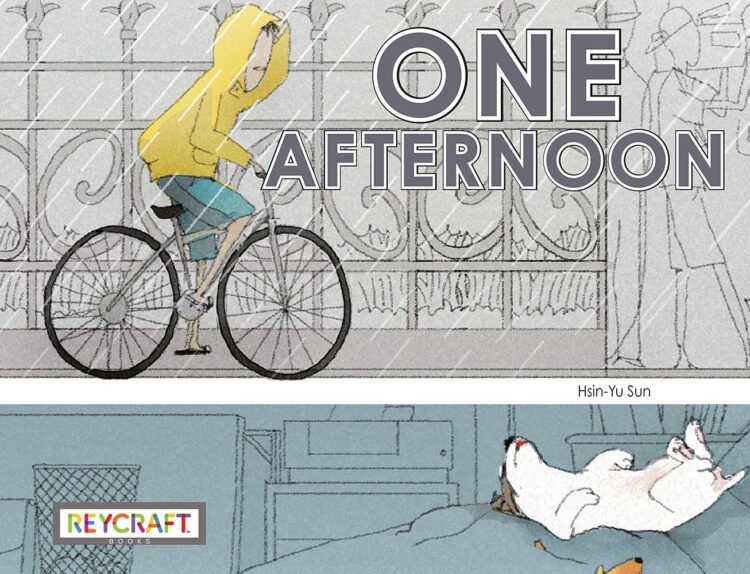
One Afternoon, by Hsin-Yu Sun, tells two stories at one time! On the top of the page, you’ll follow along with a boy as he sets out to do his daily tasks. On the bottom of the page, his sweet pup has his own set of adventures as he waits at home for his human to return. This book is a wonderful wordless picture book to use when you are discussion comparing and contrasting characters and stories.
the lion and the mouse by jerry pinkney
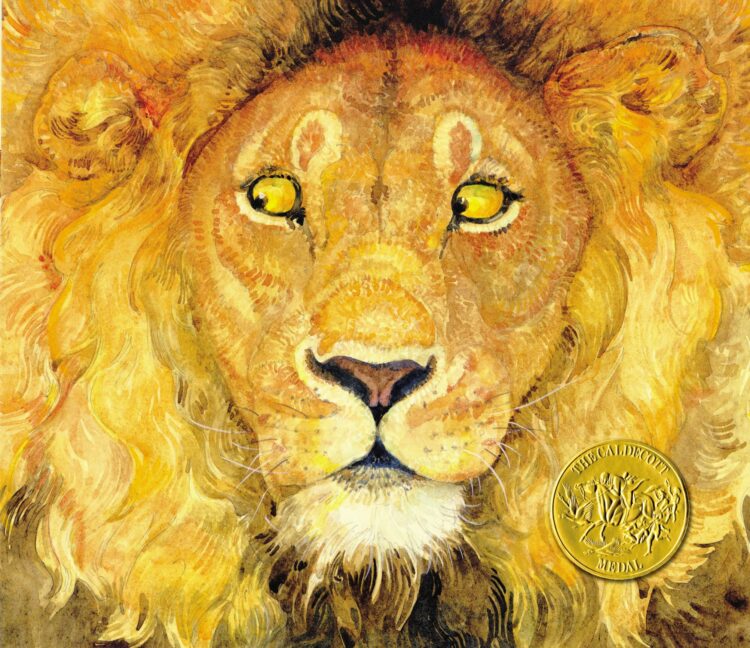
If you are a fan of fables, this version of The Lion and The Mouse, by Jerry Pinkney, will become a class favorite! The wordless version follows the unlikely pair, the lion and the mouse, where they learn all about kindness! The lion spares the mouse from being his meal, only to have the mouse come back to his rescue soon after. It’s the perfect book to share before reading the fable, giving your students their own opportunity to read the expressions on the faces of the animals in the book as the story progresses on! You can also use this wordless version to compare and contrast the fable with a text-based version. Your students will love identifying the similarities and the differences in the various versions.
Boost Oral Language Skills
As you can see, wordless picture books are an amazing way to not only start a great conversation but also boost those oral language skills! The opportunities to discuss a plot together, create dialogue between characters, and ultimately build essential oral language skills. When you combine wordless picture books with explicit instruction in these oral language skills, you set a strong foundation for all students when it comes to their literacy journey.
Would you love a ready-made resource for explicit oral language skills that is digital and no-prep?
Think, Talk, Teach for Oral Language Development is a great routine to use whenever you are explicitly teaching oral language skills. It contains three levels of difficulty, which your students will participate in throughout the year. This resource teaches students how to use conjunctions in their language and writing. Your students will learn how to:
- Combine two ideas into one complete thought using the conjunction and.
- Extend and explain their thinking using the conjunction because.
- Share three or more ideas within a sentence that uses commas in a series.
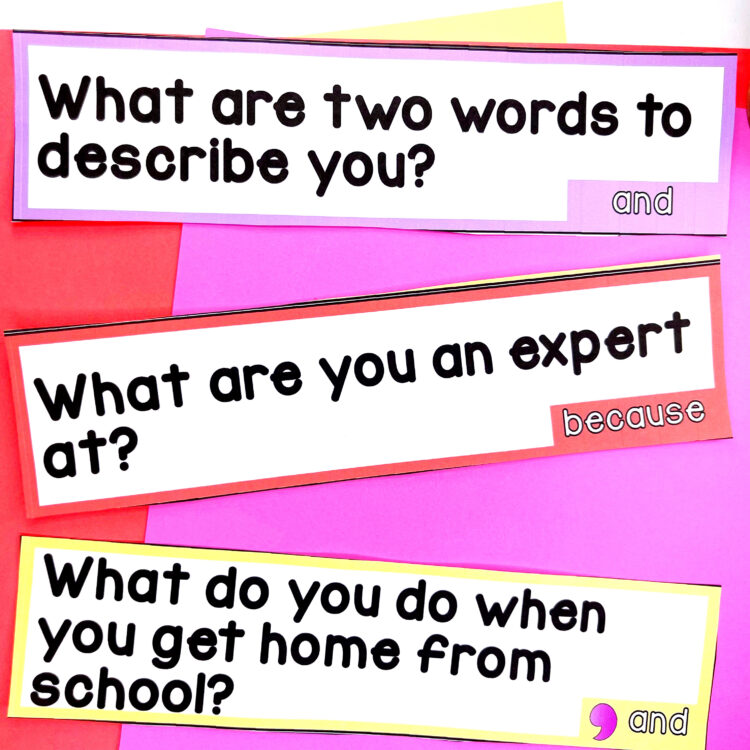
When I teach students how to use complete and combined sentences to explain their thinking, we use the same routine as our wordless picture books. First, we pause to think about our response. Then, we casually talk about the topic. Finally, students formally teach their peers their response using complete sentences. I LOVE being able to display the daily language prompt digitally and use it during morning meetings, at the end of the day, or before or after lunch.
Think, Talk, Teach has really helped my students build their overall communication skills, and it gives them a chance to strengthen those listening skills too! (If you prefer to check out this resource on TPT, you can find the same oral language resource HERE.)
Wordless Picture Books are powerful!
I hope you loved this list of favorite wordless picture books and enjoyed learning about the instructional routine that you can use with students! I have been sharing these wordless picture books with my students for years, and I cannot wait to hear how you use them, too! They offer students an engaging and meaningful way to build oral language skills while still having fun! Mixed with the Think Talk Teach Oral Language resource, your students will be well on their way to conversational experts who can explain their thoughts and ideas with cohesiveness and success!
Feel free to pin the image below to save these ideas for later, or to share them with a colleague!
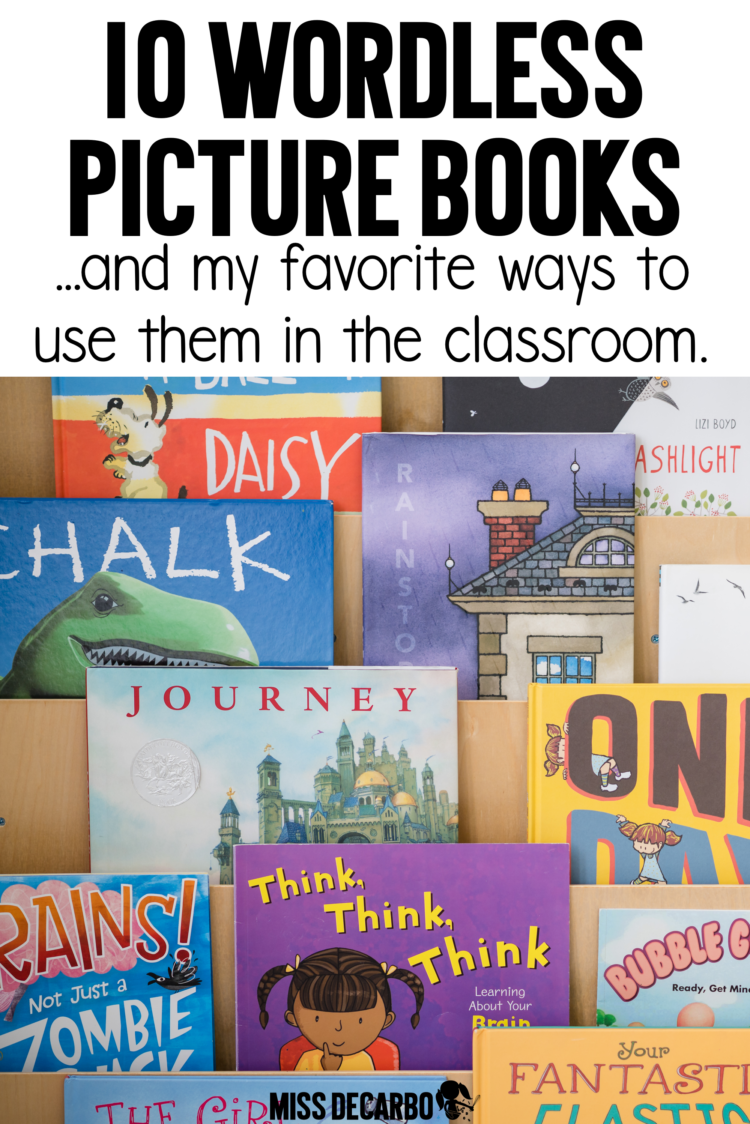

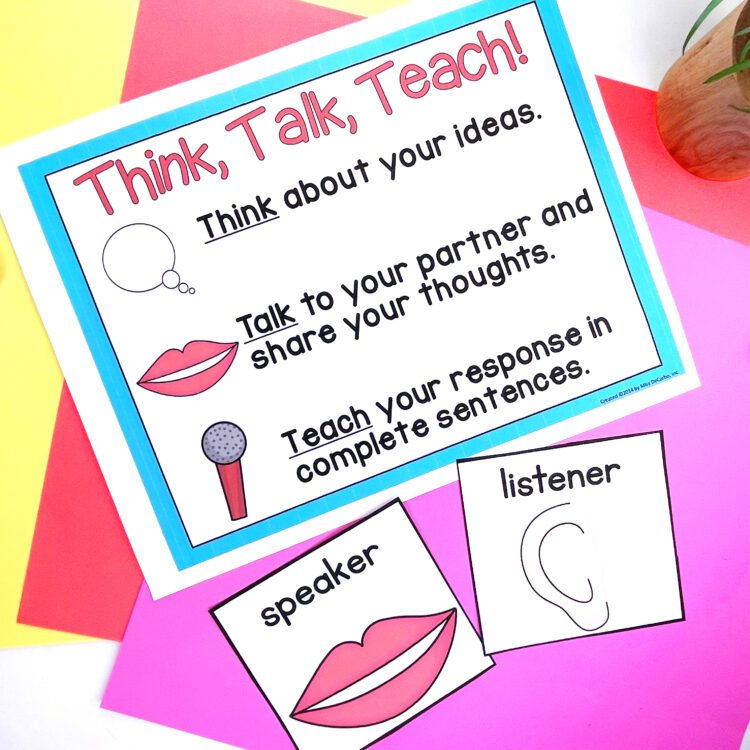

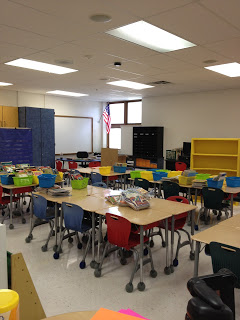
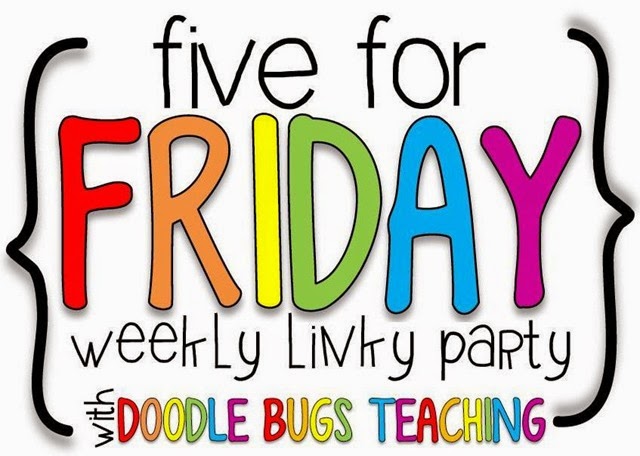
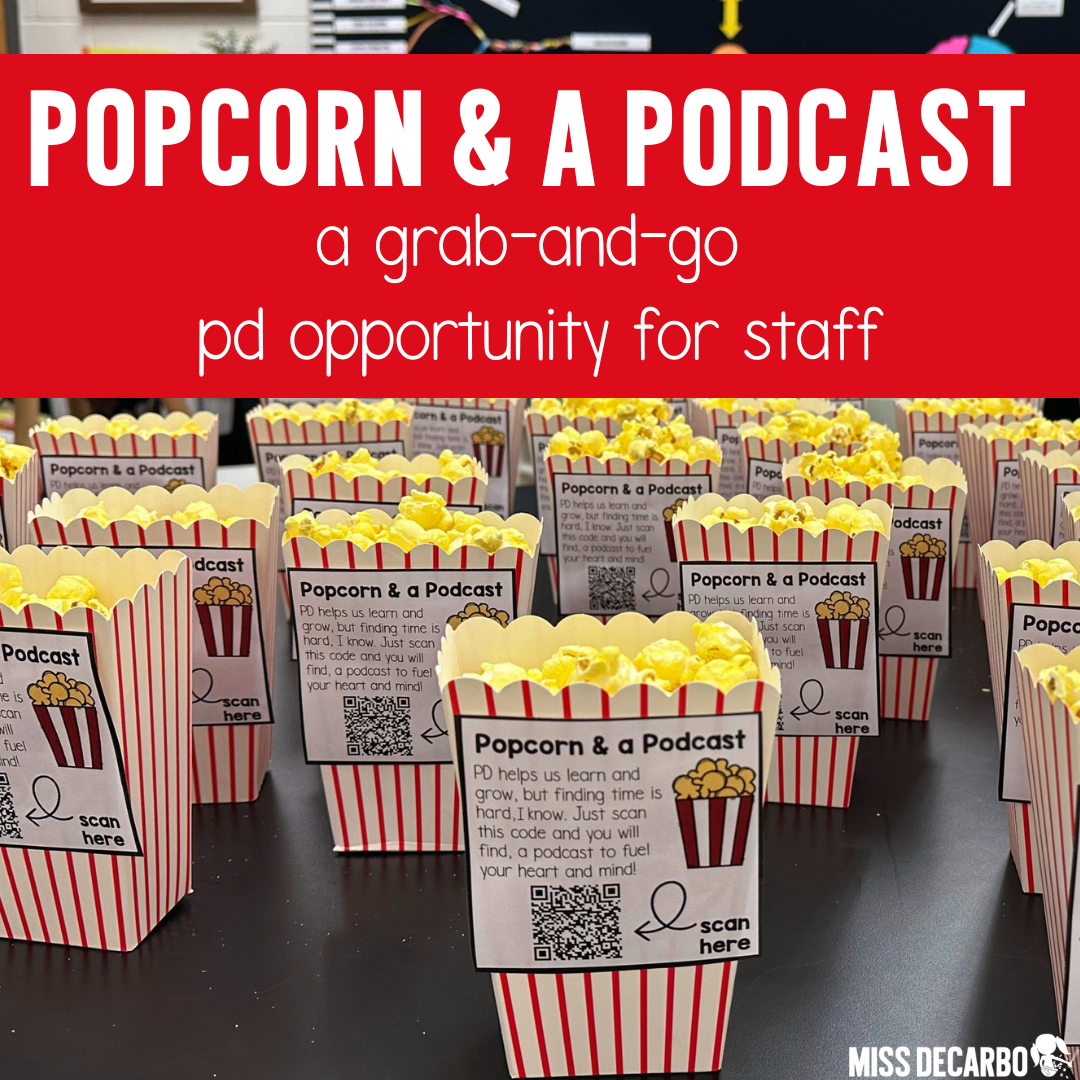
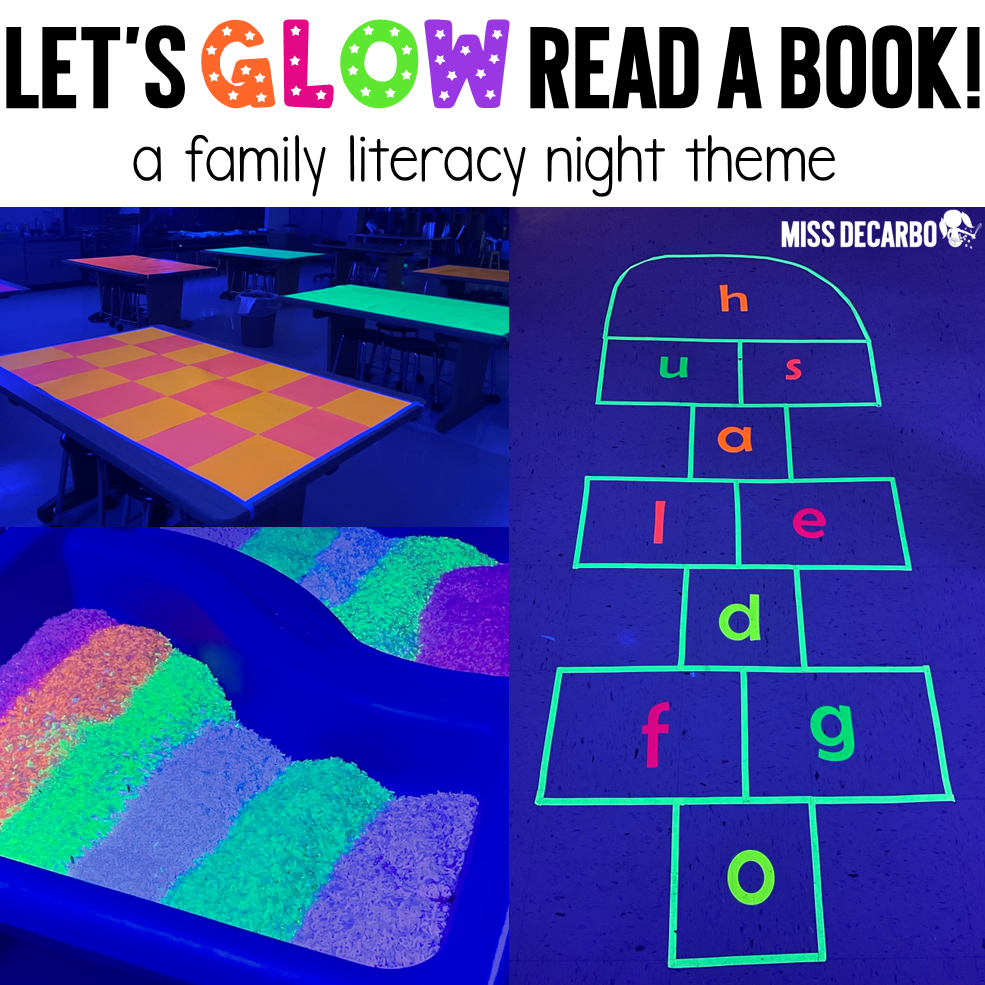
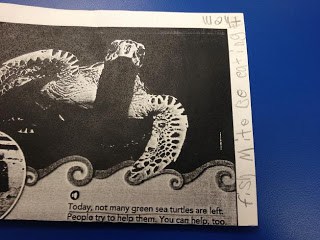
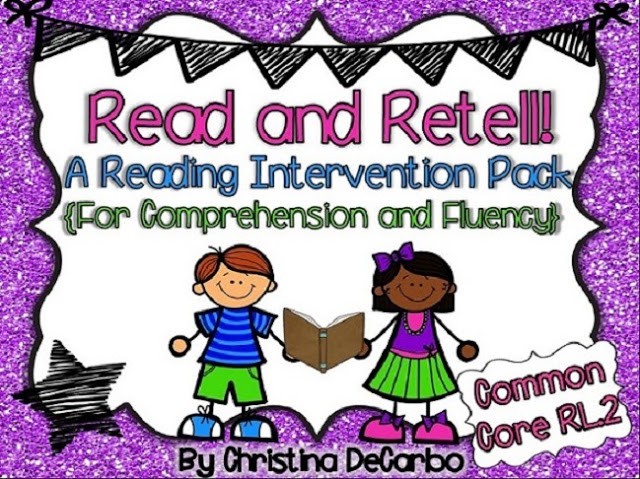
Wa! I bought “Wave” by 이수지 months ago! I found it while walking through one of my favorite Korean bookstores. Actually bought it to study how she used watercolor to make the waves. Now I know how to incorporate it into one of my lesson plans. Thanks so much!